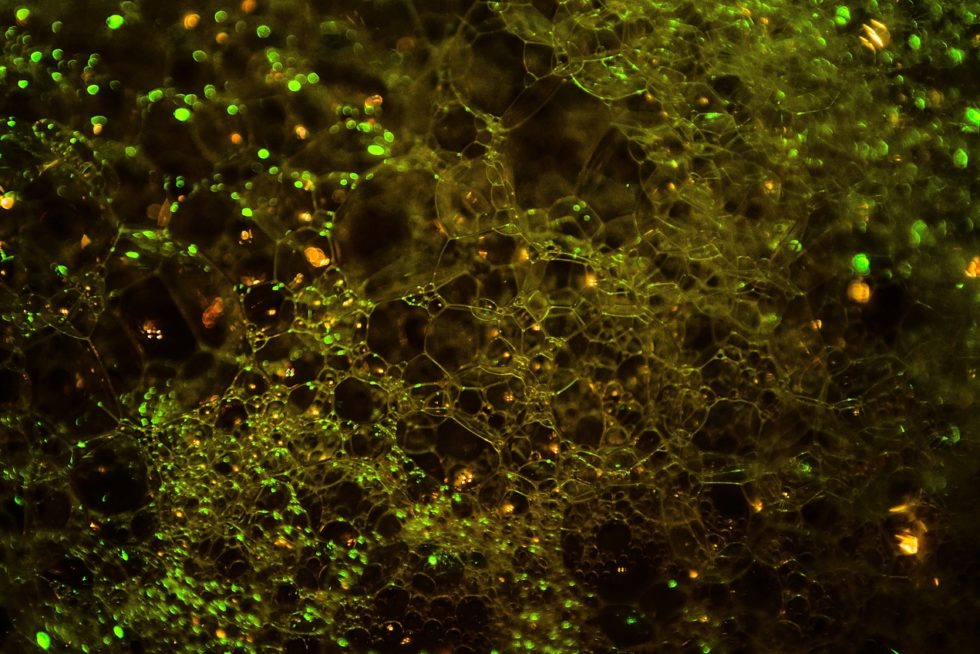The role of material compliance
Over the past few years, the field of material compliance has undergone a remarkable transformation. Starting with efforts to identify substances in use and their safe use, continuing with comprehensive strategies for avoiding hazardous substances and promoting sustainable practices, the challenges in observing and implementing corresponding measures in companies have continuously increased. Material compliance, also to be understood as substance-related product conformity, encompasses compliance with regulations, laws and guidelines regarding the safe use of materials in products, components or processes, but also includes aspects of the extraction of substances and materials as well as an increased focus on sustainability and resource conservation and the associated protection of the environment and health. This change is further driven by an increasing demand from end customers for sustainable products and a growing awareness of environmental and health issues.
From obligation to opportunity: the potential of material compliance
Meeting material compliance requirements is not only sensible and necessary because of legal obligations. Rather, companies make an active contribution to environmental and health protection by reducing or eliminating the use of hazardous chemicals or substances that are harmful to the environment or health, thus minimizing potential damage. A well-established and implemented material compliance management process helps companies to actively manage risks. However, minimizing the risk of using non-compliant materials is only one aspect. Prudent material compliance management enables companies to proactively make statements about compliance efforts, record positive effects on long-term and sustainable customer and supplier relationships and, last but not least, convince investors and the public.
Material Compliance Origins
The beginnings of material compliance in the EU can be traced back to the protection of health and safety of consumers and workers. In this context, the goal was pursued early on, for example with Article 95 of the Treaty of Rome, introduced in 1976, to harmonize legislation on the manufacture, distribution, use and later classification and labeling of chemicals in the European Community. In particular, Directive 76/769/EEC of 1976 on persistent organic pollutants restricted and controlled the use and marketing of certain hazardous chemicals.
Transition towards prevention of hazardous materials
To achieve better control of the effects of hazardous substances and materials on the environment and human health, an approach beyond restriction and controlled use gradually became established. With the new goal – the prevention of hazardous substances and materials in products and processes – product-related regulations gradually came into play. The restriction of heavy metals under of packaging legislation, as well as the substance restrictions under the RoHS Directive applicable to electrical and electronic equipment regulating the use of certain hazardous substances such as lead, mercury, cadmium, hexavalent chromium, polybrominated biphenyls (PBB) and polybrominated diphenyl ethers (PBDE) are examples of this development. Finally, with the REACH Regulation (No. 1907/2006), the EU has created far-reaching environmental policy options for regulation. In addition to compliance with bans and restrictions, companies must also collect, evaluate and provide information on the properties and risks of the chemicals they manufacture or use. Since the introduction of REACH, the EU has increased its efforts to improve the regulation and control of chemicals, identify and restrict hazardous substances, and promote alternative and less environmentally damaging chemicals.
Material Compliance on the road to sustainability
As of today, the term “sustainability” has become another central aspect of material compliance. Customers increasingly demand transparent information and prefer products whose materials have been produced “sustainably” and “fairly” and which are as free as possible from hazardous or questionable substances. Politicians are also creating more and more incentives and regulations to ensure that ecological and social aspects are taken into account along the entire product life cycle. The central and decisive element for measuring the sustainability of a product is often the origin of materials. Thus, more and more care-related requirements are finding their way into procurement decisions related to substances and materials.
For example, companies are currently required by the Deforestation-Free Supply Chain Regulation, which entered into force on June 29, 2023, to ask their suppliers for a due diligence declaration if their product is made from any of the following materials: beef, cocoa, coffee, oil palm, soy, wood, rubber, charcoal, paper and printed matter, and a range of palm oil derivatives. In this declaration, all companies involved in the supply chain must confirm that the product does not originate from illegal logging and land use and has not resulted in forest degradation after December 31, 2020. Even in the course of the EU Taxonomy Regulation, material compliance has an important role to play: the question of whether and why “substances of concern” are used can be decisive here in order to benefit from EU Taxonomy.
A success factor for companies
Material compliance is a supporting pillar for a marketable and futureproof product and thus a decisive element for the success of a company in order to be able to meet the increasingly demanding and future-oriented political and economic framework conditions. With prudent and close monitoring and analysis of the materials in use, and in the course of close cooperation with suppliers and distributors, a solid basis for product conformity can be established. In this regard, the use of risk-based internal controls, testing procedures and certifications can also help to ensure that products comply with applicable market requirements and meet material compliance obligations in terms of quality, safety and their environmental impact.
NovaLoop provides companies with advice and support in the implementation of their material compliance requirements. Our individual reviews, strategical and implementation support as well as the promotion of your in-house enable you to find the right set-up for your organization. We would be happy to support you with tailor-made solutions for your sustainability efforts and product compliance.



